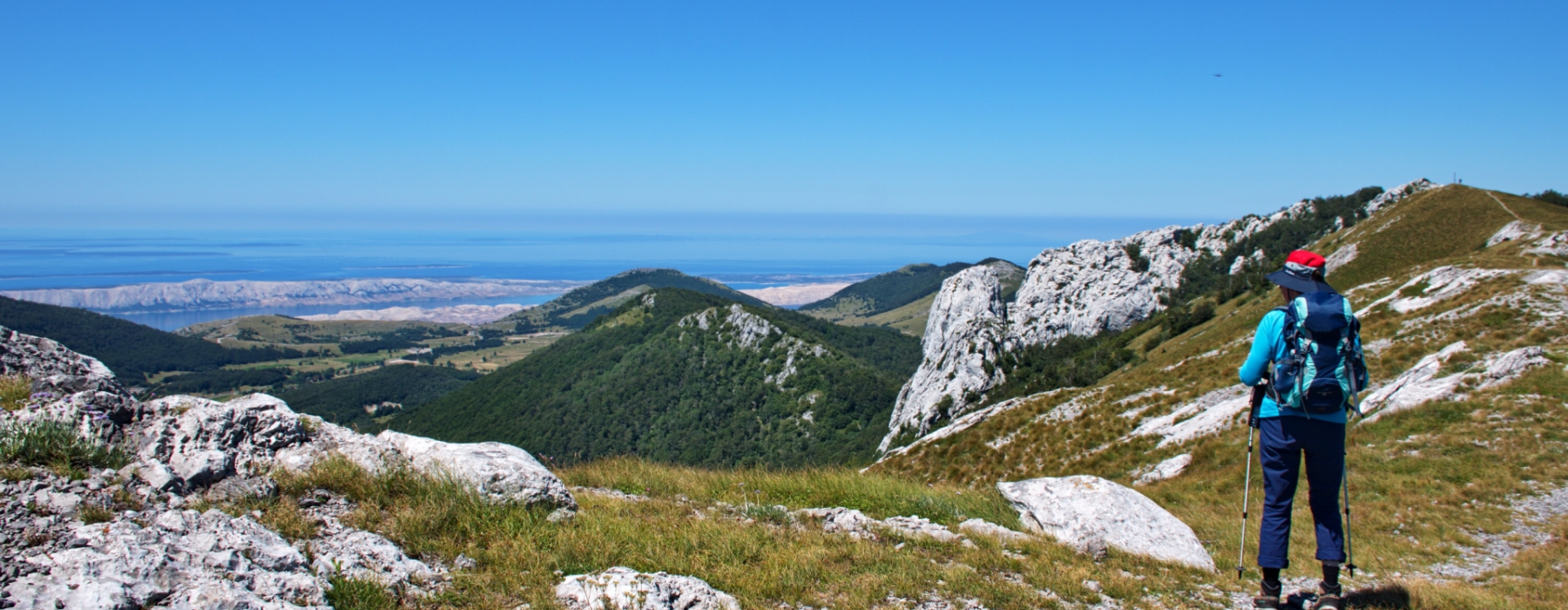
The diversity of Croatian flora and fauna is exceptional, and it stands out in Europe and in the world. Many Croats have no idea about the extent of endemic, native species that exist on Croatian territory, and what is being done to protect these species. That is why we are bringing you a few of the most interesting native Croatian animal and plant species that cannot be found anywhere else in the world.
Plants
The degenia (Degenia velebitica) is one of the native plant species that grow on Croatian soil. It is probably one of the more known species that are regularly mentioned in Croatian science textbooks. It belongs to the Brassicaceae family. It is extremely rare, while it owes its name to the location where it grows. The Velebit degenia grows in mountain screes and rock crevices of the Velebit region, and it can grow up to 10 centimeters tall with yellow flowers.
The silvery dwarf harebell (Edraianthus pumilio) is another Croatian plant species. It grows only on the Biokovo territory, and it belongs to the Campanulaceae family. This plant is very resilient, given that it can withstand different temperatures and grows at a height between 1400 and 1700 meters above sea level. Like the degenia, the harebell grows in rock crevices. Its flower is usually a pretty purple color.
You will find the Dalmatian cranesbill (Geranium dalmaticum) only on the peninsula of Pelješac, at an altitude between 300 and 900 meters on northern and southern slopes. It is between 10 and 15 centimeters high, and its flowers are also purple. Unfortunately, it is destroyed when it is collected, but otherwise it is very resilient.
Animals
The most famous Croatian native animal species surely has to be the olm (Proteus anguinus). It is an amphibian which can be found only in the Dinaric Alps, from Slovenia through Croatia and Bosnia and Herzegovina to Montenegro. It has a long, snakelike body, and its skin is colorless due to lack of light. It lives in underground waters rich with oxygen, at temperatures between 6 and 12 degrees Celsius. The olm breathes through its lungs and skin, and it also has three external gills.
The Ogulin cave sponge (Eunapius subterraneus) is the only freshwater sponge in the world. It lives in underground waters. The sponge has an irregular shape, growing from 1 to 8 centimeters in size, and its surface cratered and soft, but without pigment. It got its name from the location where it was first found, but aside from the Ogulin area, this little sponge has also been found in the Lika region, near the Velika Kapela mountain range.
The Proterebia afra butterfly lives only on the grasslands of central Dalmatia and the island of Pag. It is a strictly protected species, and it reproduces only once a year. This butterfly is brown in color, and it has a series of small black eyes with a yellow outline and a white dot in the middle, which is why in Croatian it is called dalmatinski okaš.
The Balkan snow vole is a mammal from the vole family. It has been found on 17 localities, and it has 8 subspecies. The vole is grey, up to 15 centimeters in size. Aside from Croatia, you can find it in Bosnia and Herzegovina, Montenegro and Serbia. It is the only living member of its genus and it is protected.
The diversity of animal and plant species in these areas is another indicator of the uniqueness of Croatia. If you’re embarking on an exploration, don’t forget to secure yourself top-notch accommodation on time.
Podijelite s prijateljima
Želite surađivati s nama?
Javite nam se.
Ili nas posjetite u našim uredima u Rijeci, Opatiji, Crikvenici ili na Krku.
